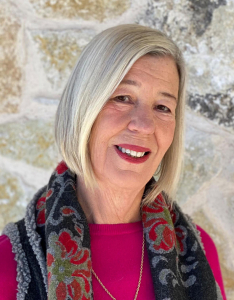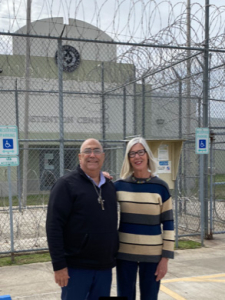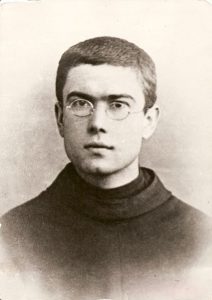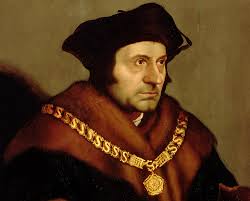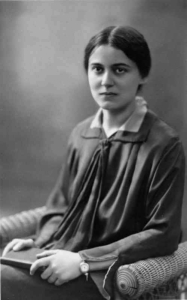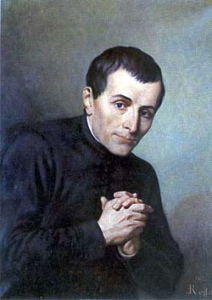Did You Know The Importance That “Prison” Plays In The Bible?
Did you know that “prison” and the “idea of prison” plays a significant role in the Bible? In both the Old Testament to the New Testament.
In the Old Testament, imprisonment is mentioned often as a common form of punishment for various crimes. In the New Testament, imprisonment was often used to silence those who preached the Gospel. Despite the potential negative connotations surrounding prison, the Bible shows us how prison can also be a place of transformation, redemption, and spiritual growth.
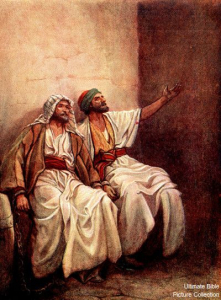
Paul and Silas in prison,
blog.adw.org
The story of Joseph in the Old Testament is an excellent example of how imprisonment can be a transformative experience. Joseph was sold into slavery by his brothers and later imprisoned for a crime he did not commit. Despite this injustice, Joseph maintained his faith and devotion to God. In prison, Joseph interpreted the dreams of his fellow prisoners and eventually rose to a position of power in Egypt. His time in prison was a period of growth and learning that ultimately led to his success and prosperity.
In the New Testament, the story of Paul and Silas in prison highlights how even in the darkest of circumstances, faith and prayer can bring about miracles. Paul and Silas were imprisoned for preaching the Gospel, and while in jail, they sang hymns and prayed. Their faith was rewarded with an earthquake that opened the prison doors and freed them from their chains. Their imprisonment became a catalyst for spreading the Gospel to the jailer and his family, leading to the founding of the church in Philippi.

Daniel in the lion’s den
Imprisonment is not only a place of transformation and redemption for individuals but also a way for God to work in the world. In the book of Daniel, God worked through the imprisonment of Daniel to bring about miraculous events that resulted in the King of Babylon praising God. Similarly, in the book of Acts, God worked through the imprisonment of Paul to spread the Gospel message to various parts of the Roman Empire.
The Bible shows us that imprisonment is not solely a place of punishment but can be a place of transformation, redemption, and spiritual growth. The stories of Joseph, Paul, Silas, Daniel, and others demonstrate that even in the darkest of circumstances, faith and devotion to God can bring about miraculous events and lead to personal growth and transformation.

